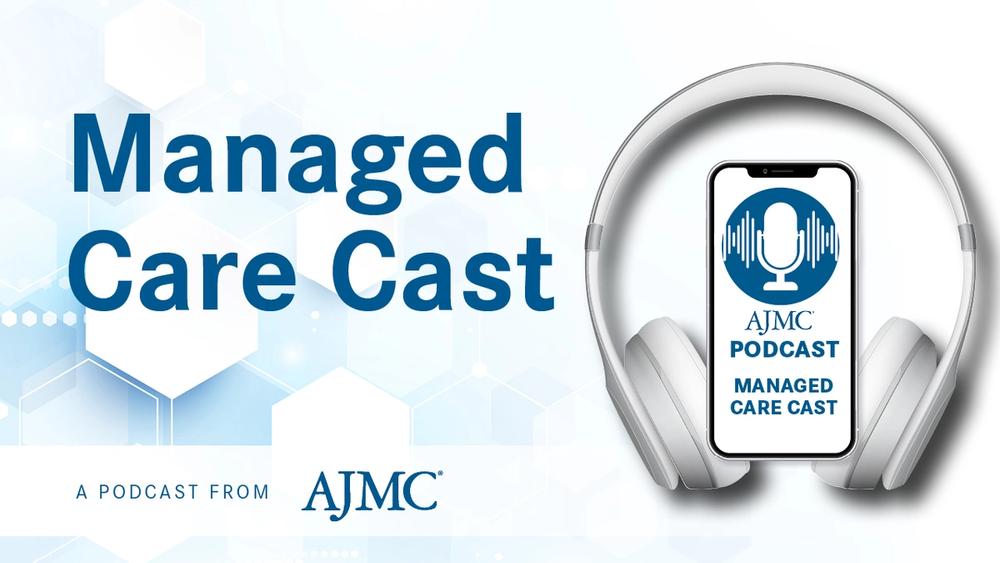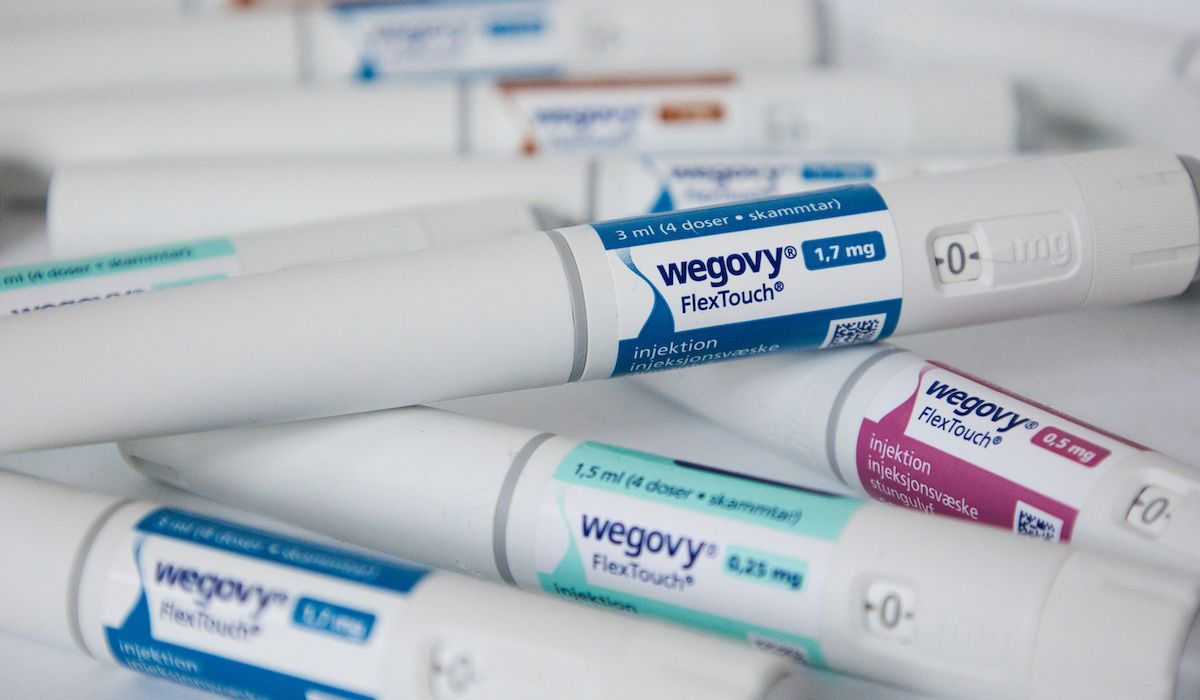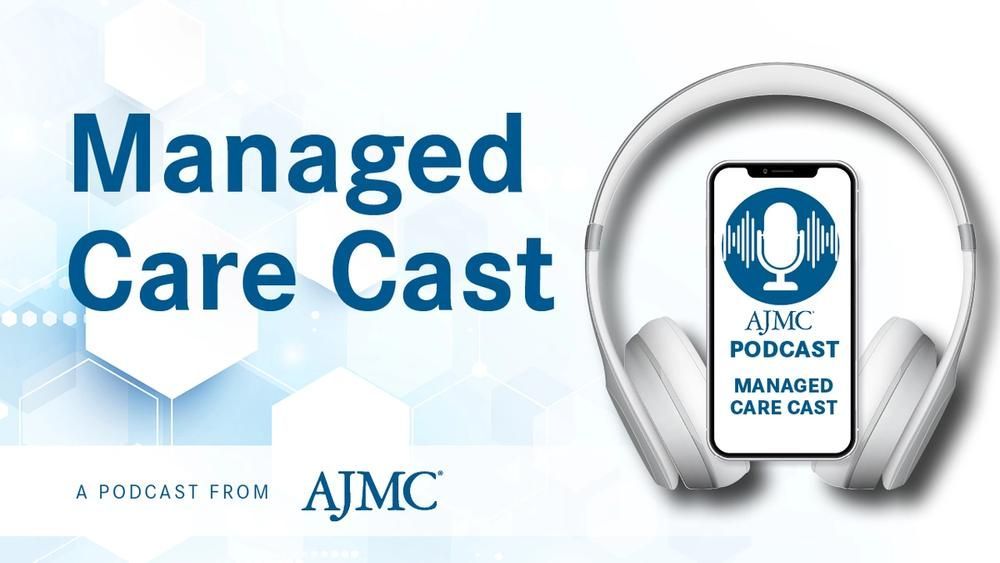News
Article
PH, PAH Prevalence Higher in Medicaid With Racial, Ethnic Disparities
Author(s):
Key Takeaways
- Pulmonary hypertension (PH) and pulmonary arterial hypertension (PAH) prevalence is higher among Medicaid beneficiaries, with significant racial and ethnic disparities, particularly affecting Black patients.
- Black patients incur the highest Medicaid costs and hospital bed days, while Hispanic patients have the lowest costs.
Medicaid beneficiaries face higher rates of pulmonary hypertension, with significant economic burdens and racial disparities in prevalence and costs.
There were disparities in the prevalence of pulmonary hypertension (PH) and pulmonary arterial hypertension (PAH) and in economic burden among the Medicaid population.
Image credit: Kiattisak - stock.adobe.com

Pulmonary hypertension (PH) and pulmonary arterial hypertension (PAH) are significantly more prevalent among Medicaid beneficiaries compared with the general population, with pronounced disparities among racial and ethnic groups.
The economic burden of these conditions is particularly high for American Indian and Alaska Native patients, raising concerns about health care access and treatment equity in vulnerable populations, according to a study published in Pulmonary Circulation.1
“PH and PAH are often diagnosed at a late stage due to their nonspecific symptoms,” the authors wrote. “When diagnosed at a late stage these conditions, particularly PAH, portend a poor prognosis.”
The cost of PAH medications, the debilitating nature of the disease, the resources needed to support daily living, and the costs related to inpatient care all place a great economic burden on society. In addition, the lack of a straightforward test to diagnose PAH causes delayed diagnosis of the disease, which in turn increases the economic burden on payers, employers, and society at large.2
The researchers analyzed data from the Medicaid Analytic Extract file for the years 2009 to 2012 to evaluate the baseline prevalence and economic burden of PH and PAH among Medicaid beneficiaries.
In 2012, the PH prevalence was 1.0 per 1000 people, and PAH prevalence was 0.2 per 1000 people. As patients’ ages increased, the prevalence of the diseases increased drastically, with the greatest prevalence in the group of individuals aged 55 to 64 years.
Black patients had the highest prevalence at 1.6 per 1000 people for PH and 0.3 per 1000 people for PAH. In contrast, Hispanic patients had the lowest prevalences at 0.4 per 1000 people for PH and 0.1 per 1000 people for PAH. In addition, patients from large metro areas had slightly lower PH prevalence compared with those from small metro or rural areas. However, PAH prevalence was similar for the different areas.
“The reason for the racial and ethnic differences in prevalence is uncertain but may be related to racial disparities in the co‐morbidities that predispose to PH/PAH (such as hypertension, left heart failure, HIV, and sickle cell disease) and/or disparities in access to health care,” the authors noted.
This increased prevalence among Black patients is important given previous research has shown Black women have the highest mortality rates among patients with PAH.3
In general, patients with PH or PAH had significantly more hospital bed days and Medicaid costs than those without PH or PAH. Black patients with PH or PAH had the highest average hospital bed days and the highest Medicaid cost compared with other racial groups in 2012, with similar results observed for 2009, 2010, and 2011. The mean Medicaid cost for Black patients was $8437 in 2012. In comparison, Hispanic patients had the lowest cost, with a mean of $3862 in 2012.
The use of International Classification of Diseases codes to identify individuals with diagnosed PH and PAH may have limited the accuracy of the study, the authors noted.
“Given the higher prevalence of PH/PAH noted among Blacks and the high economic burden attributed to PH/PAH, greater attention should be given to addressing the co‐morbidities related to PH/PAH among Blacks to prevent progression to PH/PAH,” they concluded. ” A critical component of addressing the burden of PH/PAH involves raising awareness of the need to screen for PH/PAH among Blacks/African Americans.”
References
1. King MH, Li C, Bond VC, Ford D, Baltrus P, Farber HW. Prevalence and economic burden of pulmonary hypertension and pulmonary arterial hypertension among the Medicaid population. Pulm Circ. 2025;15(2):e70060. doi:10.1002/pul2.70060
2. McCormick B. Delayed PAH diagnosis increased economic burden, study says. AJMC®. December 19, 2023. Accessed April 28, 2025. https://www.ajmc.com/view/delayed-pah-diagnosis-increased-economic-burden-study-says
3. Al-Naamani N, Paulus JK, Roberts KR, et al. Racial and ethnic differences in pulmonary arterial hypertension. Pulm Circ. 2017;7(4):793-796. doi:10.1177/2045893217732213





